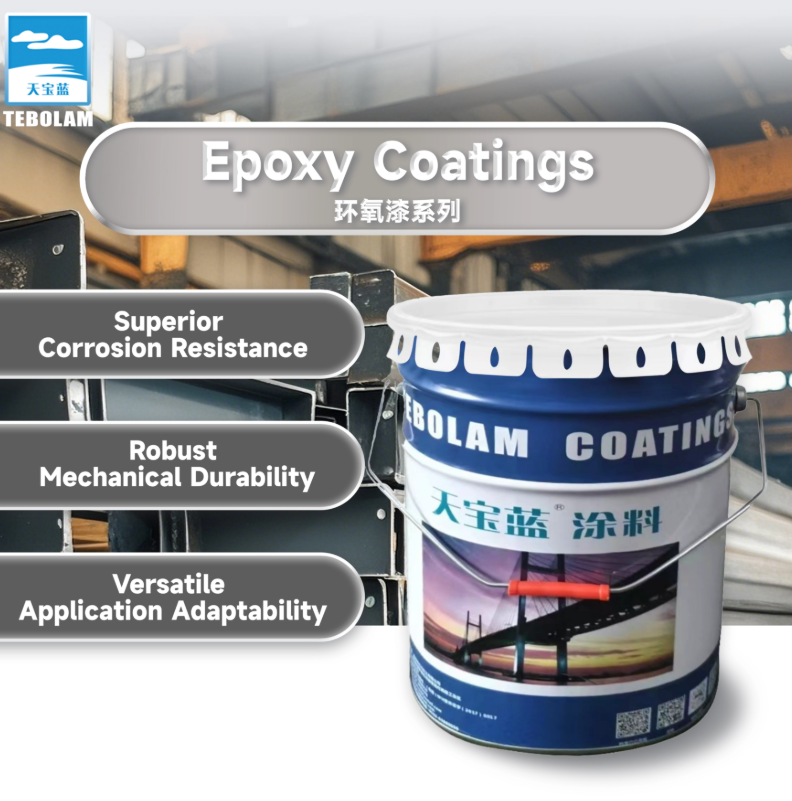Thermal insulation plays a crucial role in various industries, from construction and engineering to automotive and aerospace. The quest for achieving 100% thermal insulation has been a long-standing challenge, as it promises significant energy savings, improved efficiency, and enhanced comfort. In this blog post, we will delve into the topic of thermal insulation, exploring its fundamental principles, current advancements, and the feasibility of achieving complete thermal insulation.
- Understanding Thermal Insulation:
Thermal insulation is the process of reducing heat transfer between objects or spaces. It involves the use of materials with low thermal conductivity to minimize heat flow by conduction, convection, and radiation. While conventional insulation materials, such as fiberglass and foam, offer substantial thermal resistance, they are not capable of achieving complete insulation. - The Role of Insulation Materials:
Insulation materials are the key components in achieving thermal insulation. They are designed to impede heat transfer by minimizing thermal conductivity. Traditional materials like fiberglass, mineral wool, and cellulose insulation provide excellent thermal resistance but fall short of achieving 100% insulation. However, recent advancements in nanotechnology and aerogel materials have shown promising results in pushing the boundaries of thermal insulation. - Nanotechnology in Thermal Insulation:
Nanotechnology has revolutionized various industries, and thermal insulation is no exception. Nanostructured materials, such as nanoparticles and nanofibers, exhibit extraordinary thermal properties due to their unique size-dependent characteristics. These materials offer enhanced thermal resistance, reduced thermal bridging, and improved insulation performance. While 100% thermal insulation remains a challenge, nanotechnology brings us closer to this goal. - Aerogels: The Future of Thermal Insulation?
Aerogels, also known as "frozen smoke," are lightweight solid materials with exceptional thermal properties. Composed of a porous network of interconnected nanoparticles, aerogels possess ultra-low thermal conductivity, making them highly effective insulators. They have the potential to achieve near-complete thermal insulation, but practical challenges, such as cost, fragility, and manufacturing scalability, hinder their widespread adoption. Nonetheless, ongoing research and development efforts aim to overcome these limitations. - The Feasibility of 100% Thermal Insulation:
While achieving 100% thermal insulation may seem elusive, advancements in insulation materials and technologies bring us closer to this goal. By combining multiple layers of high-performance insulation materials, employing innovative designs, and leveraging emerging technologies, it is possible to significantly enhance thermal insulation efficiency. However, complete insulation may not be attainable due to practical limitations and the laws of thermodynamics.
Conclusion:
In conclusion, the pursuit of 100% thermal insulation is a complex and ongoing endeavor. While current insulation materials and technologies offer substantial improvements in thermal resistance, achieving complete insulation remains a challenge. Nanotechnology and aerogels show promise in pushing the boundaries of thermal insulation, but practical limitations and thermodynamic principles impose constraints. Nonetheless, continuous research and innovation in this field will undoubtedly lead to further advancements, bringing us closer to the ultimate goal of achieving maximum thermal insulation.



